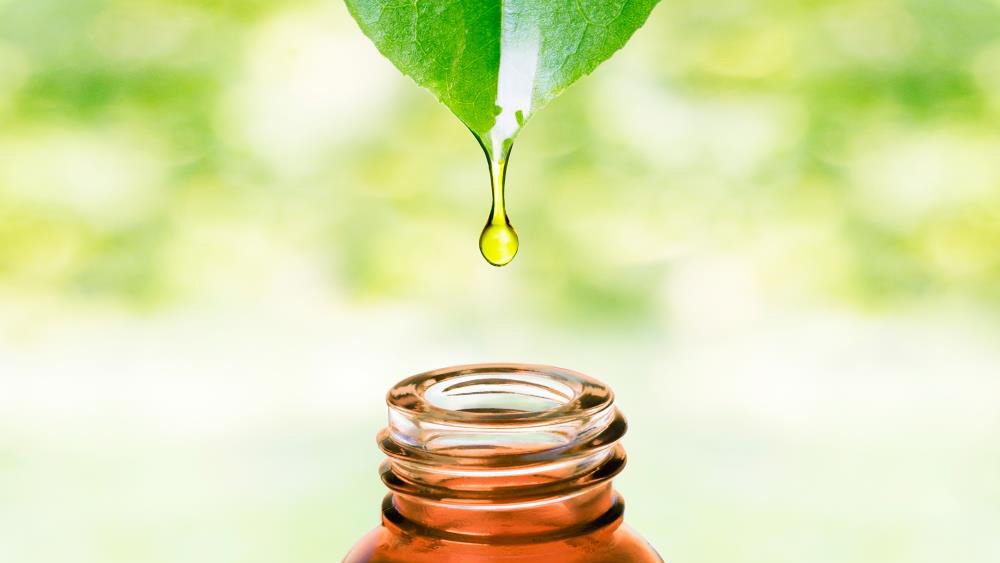
Advertisement
Researchers from Egypt have a good reason to be excited about the essential oil of bald cypress (Taxodium distichum). They say that the powerful antimicrobial activity of the oil makes it the perfect solution to the problem of food spoilage.
When food becomes spoiled, it is no longer fit for human consumption. It must be thrown out before anyone makes the mistake of eating the tainted meal and gets sick – or worse. Microorganisms are the primary culprit in food spoilage. Bacteria and fungus alike flourish on the food, which they consume to fuel their growth and expansion. Many of these microbes cause diseases in humans. To prevent contamination and preserve them for long periods of time, food is treated with antimicrobial agents. However, the excessive use of these treatments has led to the appearance of drug-resistant strains of bacteria and fungus that are immune to antibiotics.
Researchers responded by looking for new antimicrobial agents in plants. The essential oils of these plants contain many natural compounds that protect them from pathogens. The essential oil of the bald cypress is found in its leaves. Folk medicine used the foliage of the tree as remedies for infections, stomach and gut problems, and respiratory diseases. (Related: Cypress essential oil found to inhibit MRSA.)
The essential oil of the bald cypress is packed with bio-active compounds
The Ain-Shams University (ASU) recently looked into the antimicrobial potential of bald cypress essential oil. Researchers gathered fresh leaves, extracted the oil, and evaluated its chemical constituents for the very first time.
They counted 37 different compounds in the essential oil. The bio-active chemicals made up almost 99.5 percent of the mass of the oil, making for a very rich haul of chemicals. The most numerous individual compound was alpha-pinene. It made up a staggering 83 percent of the essential oil.
The next step for the Egyptian researchers was to test the bald cypress essential oil against pathogenic bacteria and fungi. To this end, they prepared cultures of different types and species of microorganisms. Bacillus subtilis and methicillin?resistant Staphylococcus aureus (MRSA) were two of the Gram-positive bacteria selected for the testing. Their Gram-negative counterparts were Klebsiella pneumonia and Salmonella typhimurium. Last but not least were the fungi, such as Aspergillus fumigatus.
The researchers determined the minimum inhibitory concentration (MIC) of essential oil that would stop the growth of the microorganism. They also measured the inhibition zones for each species.
Bald cypress essential oil beats MRSA, Salmonella, and other pathogenic microbes
The test results showed that the bald cypress essential oil succeeded in halting the growth of most of the bacteria and fungi. It exerted the greatest effect on Bacillus subtilis and MRSA; the inhibition zone for the former Gram-positive bacteria spanned 32.9 millimeters (mm), while the one for the latter measured 21.9 mm across.
The oil also proved effective against gram-negative bacteria like Klebsiella pneumonia and Salmonella typhimurium. Its MIC and zone of inhibition against Klebsiella compared favorably to gentamycin, a first-line antibiotic.
Likewise, the essential oil displayed respectable performance beside ketoconazole, an anti-fungal pharmaceutical, when it came to suppressing the growth of Asperigullus fumigatus. And in the Alamar Blue assay – a test that pits an anti-fungal agent against mycobacteria like Mycobacterium tuberculosis –, it also did well against the isoniazid drug.
In summary, the ASU researchers were pleased to report that the bald cypress essential oil was able to inhibit the growth of many different pathogens. The individual components of the oil also appeared to support each other’s antimicrobial activity. Further study could determine how to apply the essential oil to preserve food from Salmonella and other microbes.
Sources include:
Advertisements







